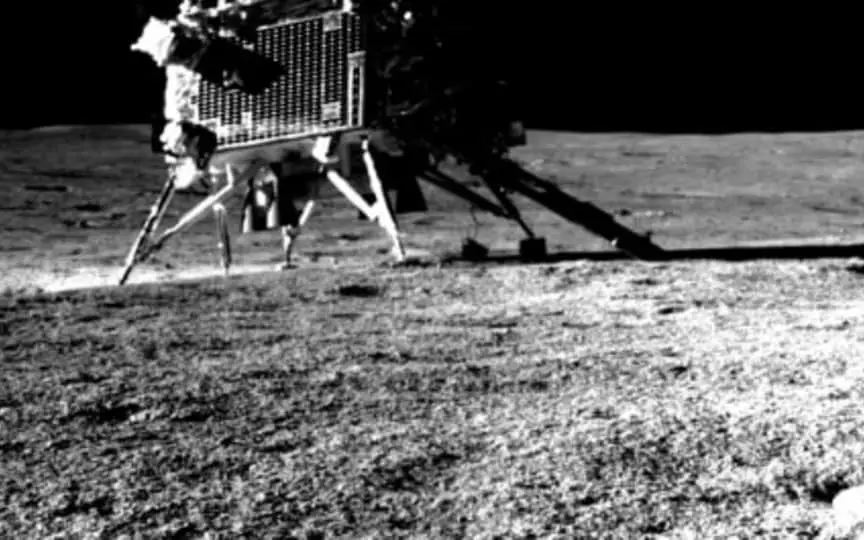Vikram Lander Seismic Probe on Chandrayaan-3 Detects Moonquakes
On August 23, 2023, the Chandrayaan-3 lander successfully touched down on the lunar surface, and since then, the Pragyan rover has been actively investigating and analyzing the moon. In a significant breakthrough, the rover detected the existence of sulphur, oxygen, and various other elements at the moon’s south pole, which could potentially reveal numerous insights about our celestial neighbor. In a recent update, the Indian Space Research Organisation (ISRO) disclosed that the Vikram Lander has detected “natural” seismic activity, providing further valuable information. To delve deeper into these recent discoveries, click here.
Seismic activity on the Moon
On Thursday, ISRO shared a message on X (formerly Twitter) that the Vikram lander has recorded a natural seismic event using an instrument based on Micro Electro Mechanical Systems (MEMS) technology. The post said: “The Instrument for the Lunar Seismic Activity (ILSA) payload on the Chandrayaan 3 Lander – the first Micro Electro Mechanical Systems (MEMS)-based instrument on the moon – has recorded the movements of the Rover and other payloads.”
ISRO reported that the recorded seismic event was considered natural on August 26, 2023. However, the space agency is still investigating the source of the event. It further added that the ILSA payload was developed and designed at LEOS, Bangalore in collaboration with private industry. In the meantime, URSC, Bengaluru, set about developing a deployment mechanism.
In about a week, the Pragyan ATV has successfully performed the necessary functions for further research. However, the rover and counter may stop working when the sun sets for the next 14 days. During the lunar night, the lunar temperature is expected to drop below -200 degrees Celsius, making it uncertain whether the rover and lander will still be able to function.
What instrument is used to record the seismic activity of the Moon?
According to an ISRO report, the Vikram Lander’s Instrument for Lunar Seismic Activity (ILSA) includes an array of six accelerometers known for their sensitivity, all of which are manufactured using a Silicon Micromachining process. The sensor element comprised a spring-mass system with comb-shaped electrodes. The spring bends due to the vibration coming from outside.




